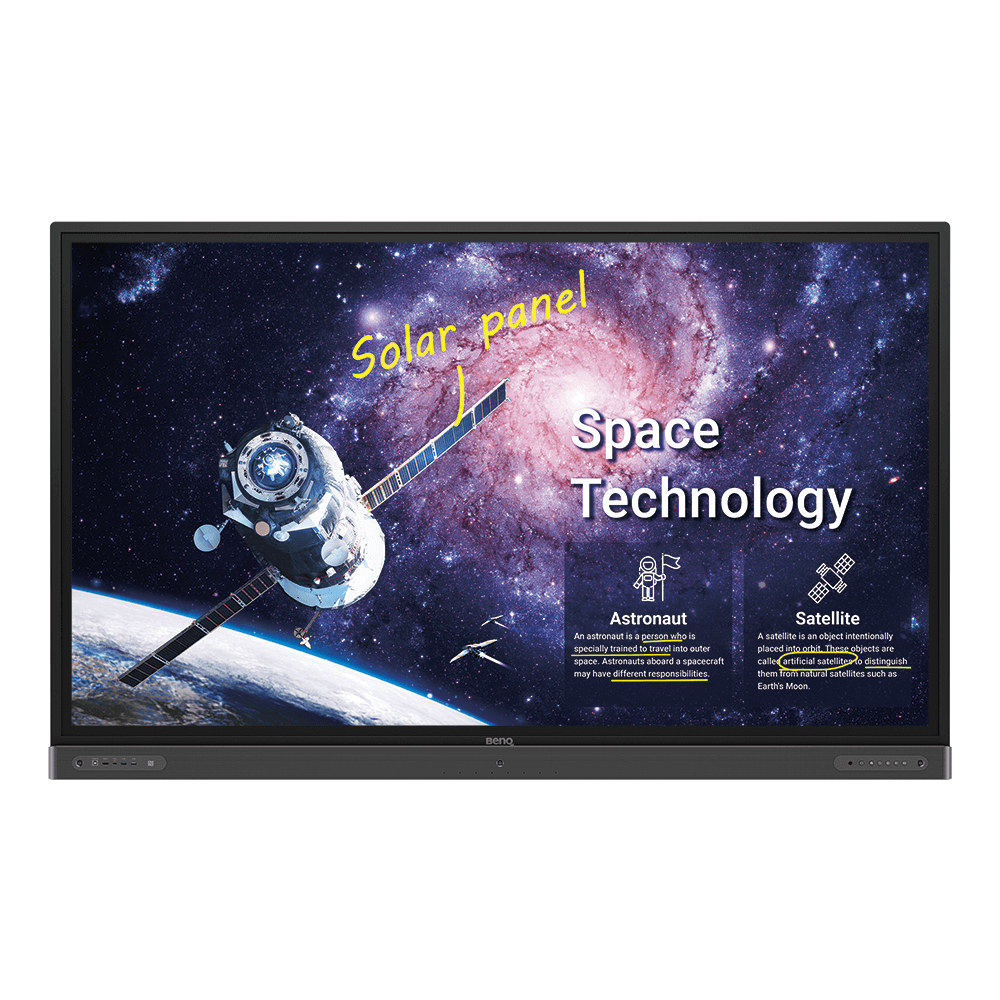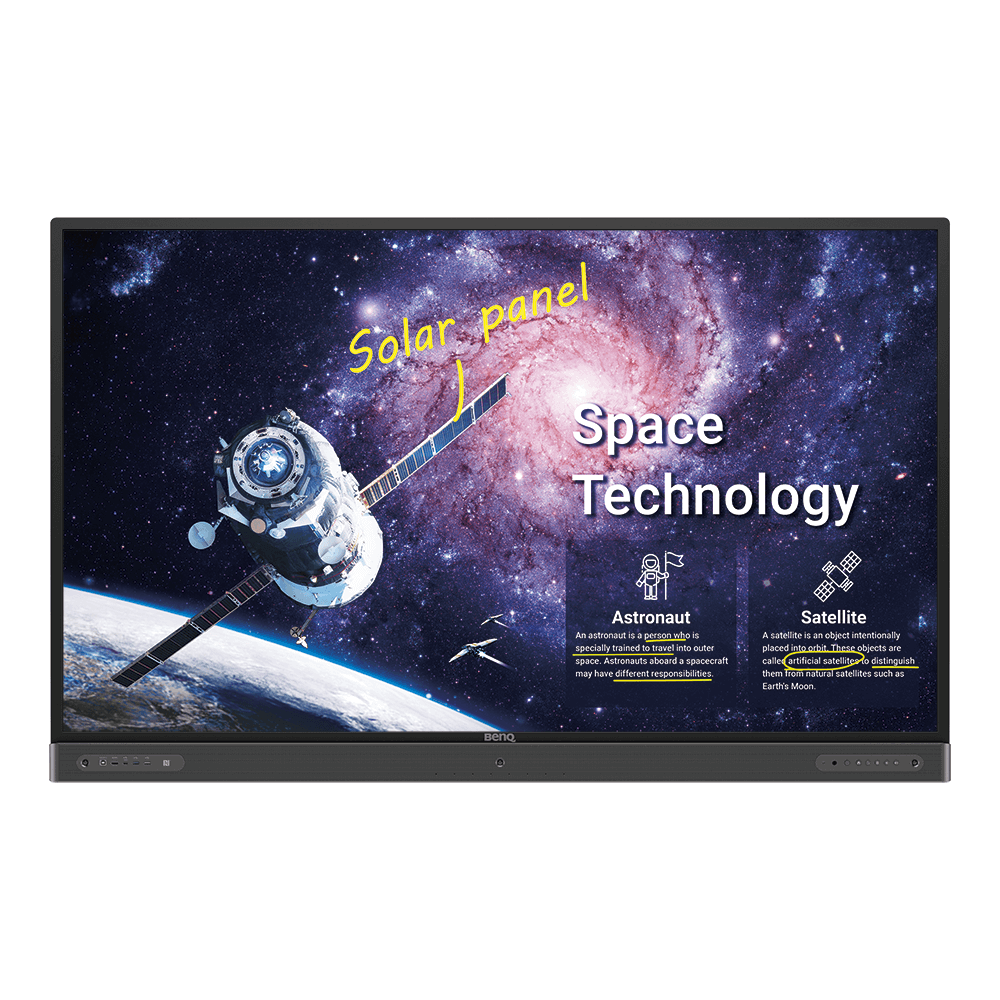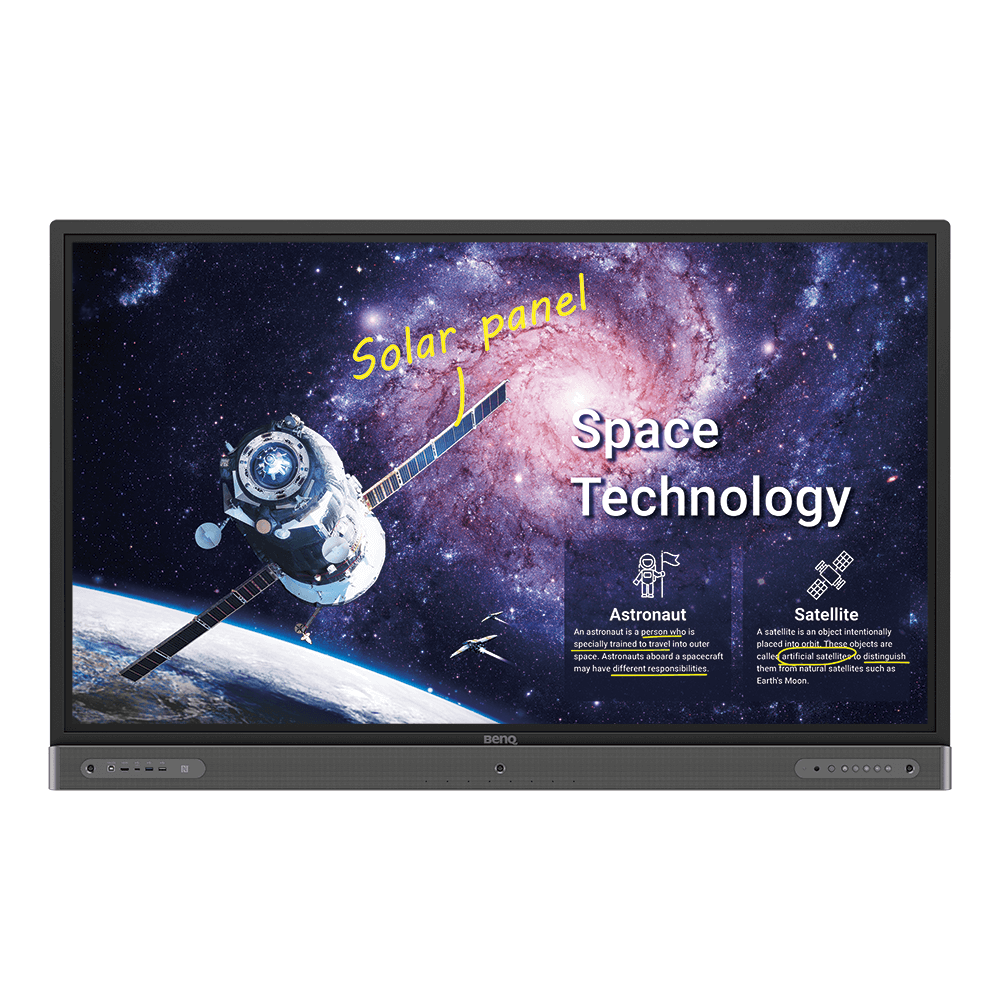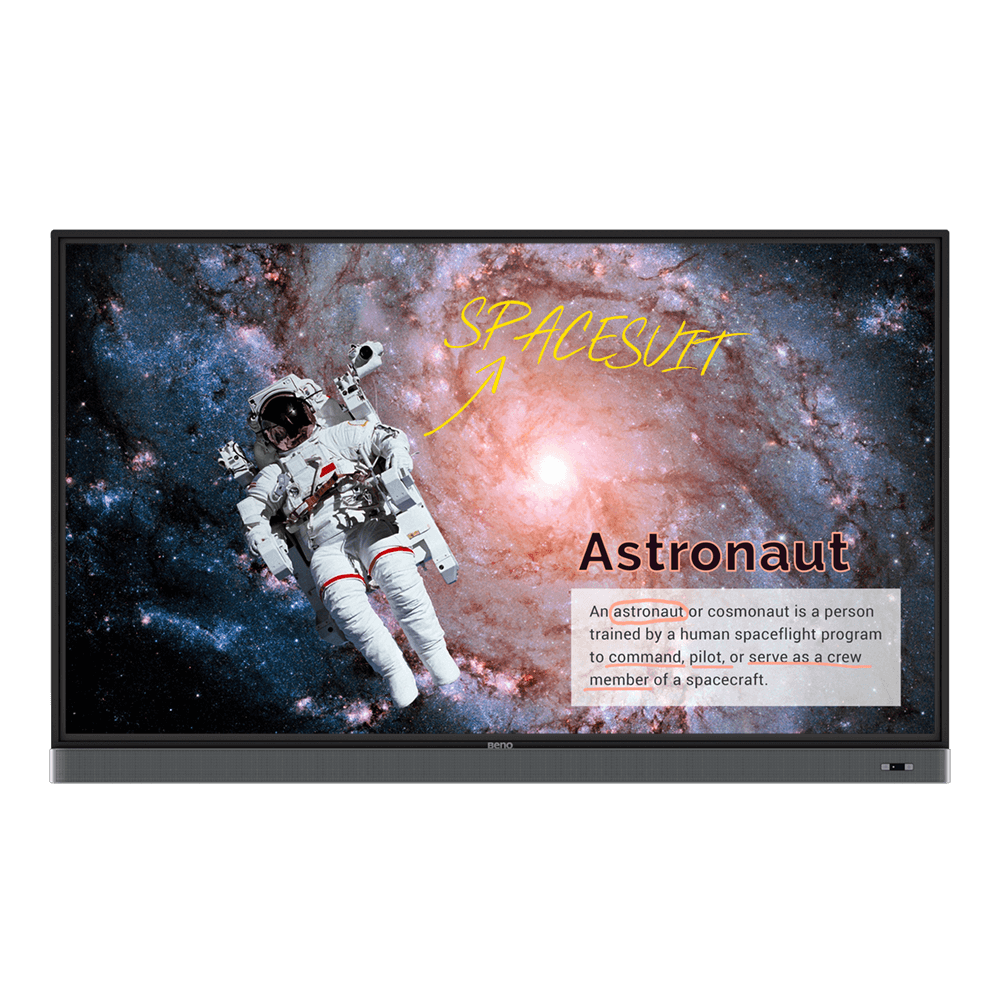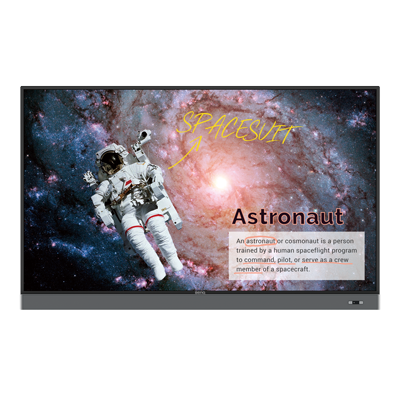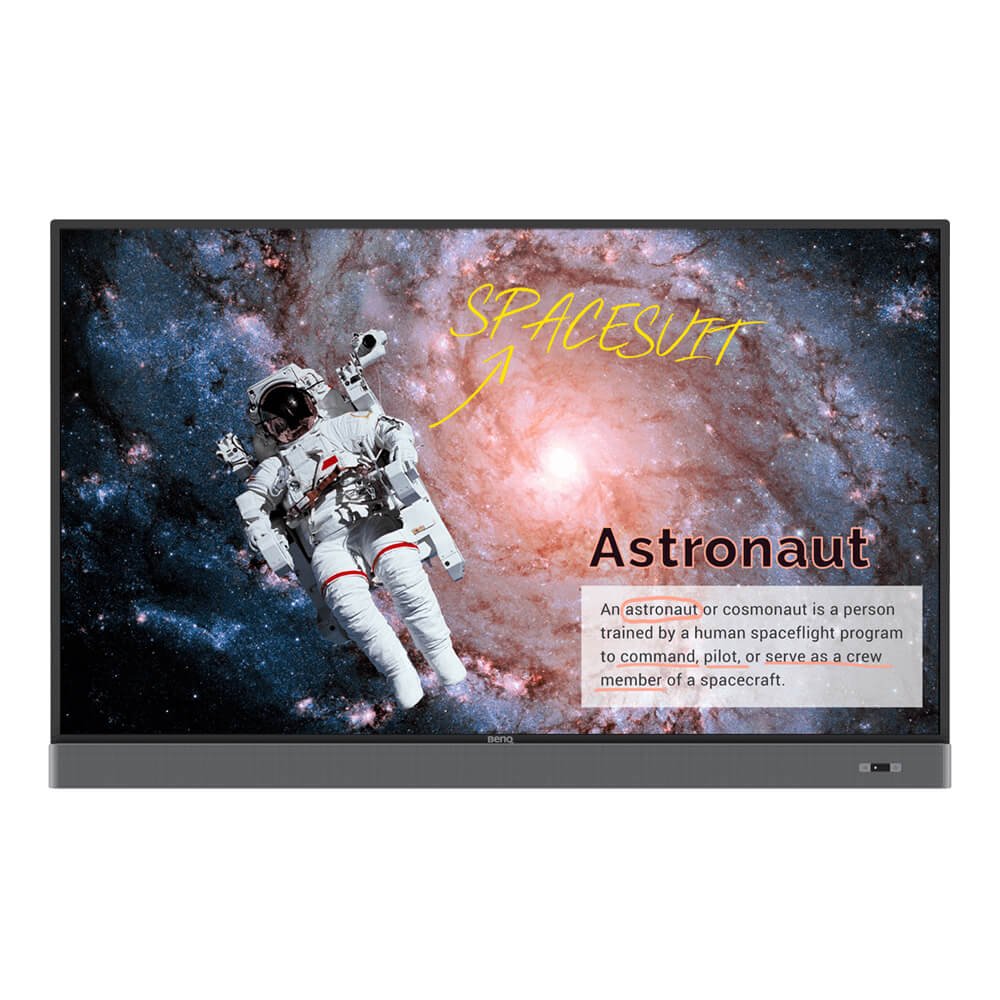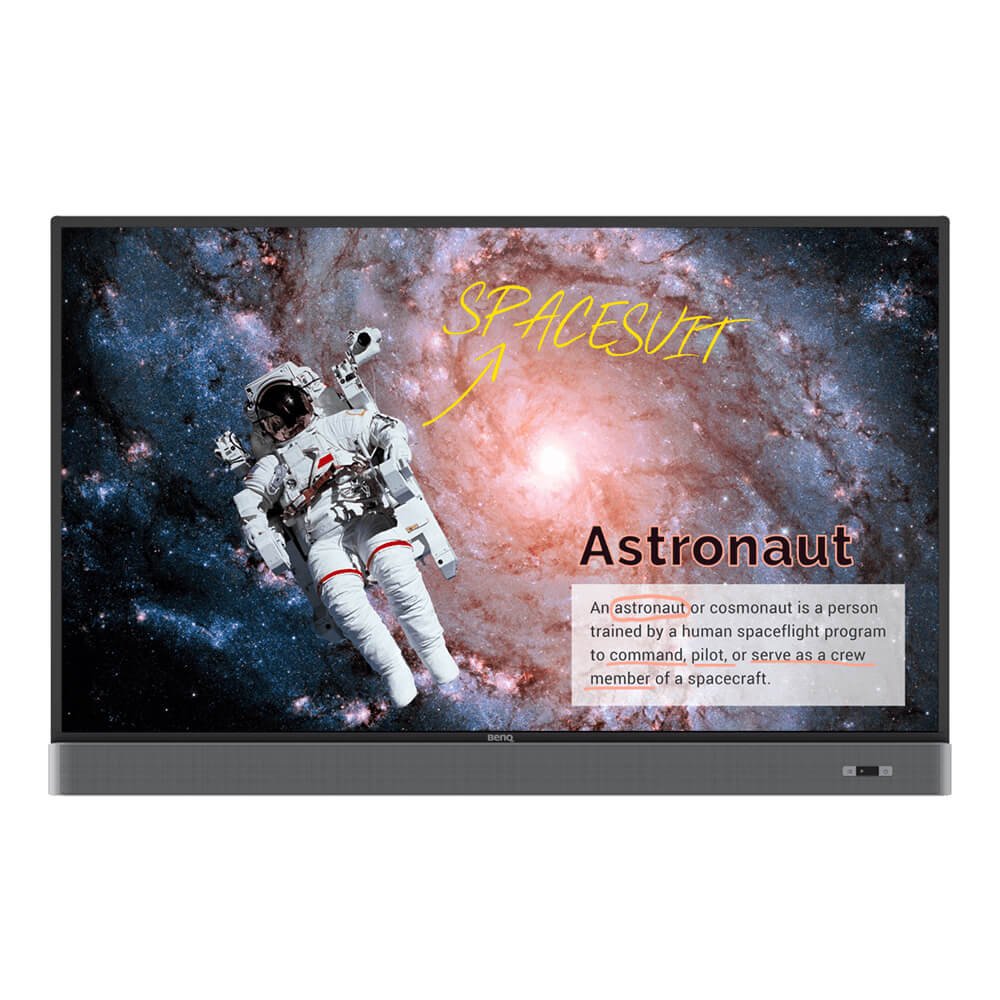Managing in an Age of Instability- EdTech & Hybrid Learning
- BenQ
- 2020-11-19
Schools today are faced with the enormous challenges of managing through disruptive external challenges such as a global pandemic, while amid a technological revolution created by cloud-connected interactive displays, new non-proprietary curriculum platforms, and changing student and parent expectations. But as equipping a classroom with digital technology is not a stand-alone solution – and can lead to poorer student performance. There are three key principles behind successful Ed-Tech transitions:
How Do Technology Transitions Impact Learning Behaviors?
It seems like every year, we read about a new way to facilitate learning, whether it is a flipped classroom, interactive collaboration, or today’s hybrid learning approach as schools respond to global pandemics. As the education system and workforce evolve to become more technology inclusive, it is important for students to keep up with modern digital trends while still obtaining a deep understanding of course content. There is a lot we can learn from the three major educational technology shifts in the last 20 years.
The transition from text content to presentation-oriented teaching
For decades, teachers relied on textbooks, chalkboards, and “dittos”- printed handouts to provide students the learning material they needed to master a topic. However, when multimedia projectors from BenQ and Epson became available for under $1000, teachers incorporated software tools like Microsoft PowerPoint and other software to drive significant improvement in test scores for challenging subjects like algebra.
The transition from passive learning to interactive collaboration
The next major transition was the rise of proprietary interactive learning platforms that enable students to interact directly with lessons projected onto an interactive whiteboard. This technology also enabled teachers to share their lessons with one another, enabling teachers to rapidly take advantage of new ways of learning.
The transition from whiteboards to hybrid classroom interactive displays
Right now, we are in the midst of another seismic education technology transition. Why? Today’s new interactive boards have built-in computers and network connectivity built-in that are the ideal platform to accommodate simultaneous in-person and remote learning without the expense of proprietary software. With array microphones and the capacity to run systems like Zoom Rooms and Teams right from the panel with the help of slot-in PC, they are revolutionizing learning in the same way the iPhone changed the way we use a cell phone, and transform your teaching and learning environments into hybrid classrooms.
Enabling Effective Hybrid Learning Involves Much More Than Providing a Connected Device
One common trap when new technology is developed is assuming that people will change behavior to take advantage of new capabilities. In education, simply handing a student a digital device such as an iPad instead of a book can reduce learning due to their inability to manage distractions as per this article about digital devices as distractions. This principle, combined with the fact that many families have multiple children and slow internet speed, can result in remote learning that doesn’t work. Most parents and teachers do not believe the students are adapting well to remote learning.
In the same way, a smartphone that has a live connection to the internet has changed how people use phones, new education technology with cloud-based live interactivity can change how teachers teach and dramatically increase the ability for a student learn content in unique ways not possible with passive displays and computers. The ability to interact with a display from anywhere in the world can enable educational breakthroughs such as remote custom tutoring sessions on specific topics such as calculus, to help bring lagging students up to speed regardless of their location.
New Opportunities for Hybrid Learning Using Teacher-Generated Recorded Lessons Stored in the Cloud
New education technology enables educators to move on from rote learning and facilitate critical thinking, logic, and discussion. These systems can accommodate many tools such as integrated classroom response systems to assess students’ understanding of course material and adjust the pace or content as needed in real-time.
Innovations such as cloud collaboration and array microphones can enable administrators to close the performance gap between student populations and promote equal access to the highest quality teaching for any student, as reported by Stanford University. Imagine if you had Albert Einstein as your professor when he was in the early stages of his career. Administrators could save every word spoken and stroke of his pen on the board of a physics lesson and store it in the cloud for all to share and watch again and again. Using built-in wireless screen mirroring software, Einstein could share the screen while watching his remote student’s reaction on a separate display.




